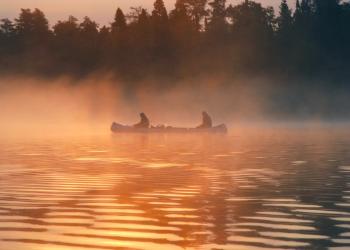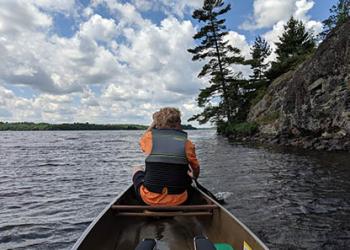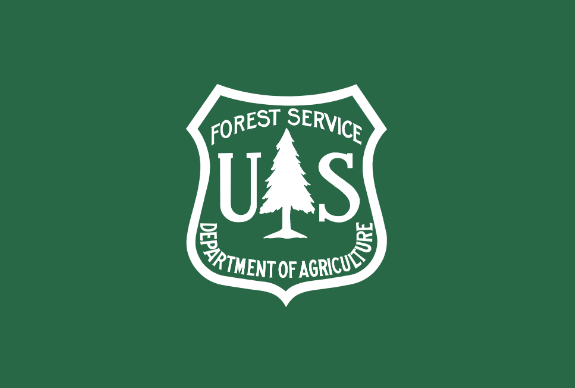Welcome to Superior National Forest
Established in 1909, the three-million acre Superior National Forest is the largest national forest east of the Mississippi River. The Forest is located at the southernmost edge of the boreal forest ecosystem and is home to thousands of clean lakes, rocky landscapes, iconic megafauna, colorful fall foliage and has a rich cultural history. Within the bounds of the Forest is the beloved one million-acre Boundary Waters Canoe Area Wilderness. Bordered by Canada, Lake Superior and Voyageurs National Park, there's truly a superior experience waiting for you.
Find Your Perfect Place to Camp

Whether you’re in a tent or recreational vehicle (RV), we have a campsite that is right for you! Not only are there over 2,000 designated wilderness campsites in Boundary Waters Canoe Area Wilderness, we have 39 campgrounds with a wide range of amenities, and 35 back country areas.
Recreation Opportunities
Passes and Permits
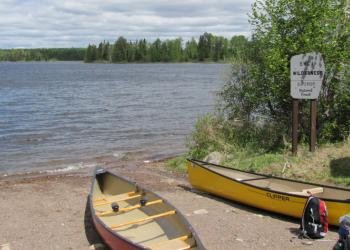
Maps and Guides

Safety and Ethics
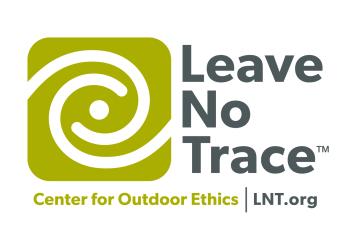
Timber Sales
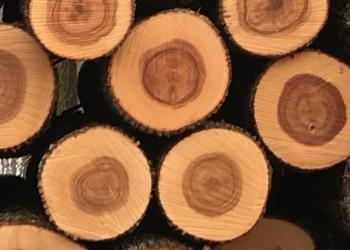
Fire Prevention and Mitigation

Wilderness
